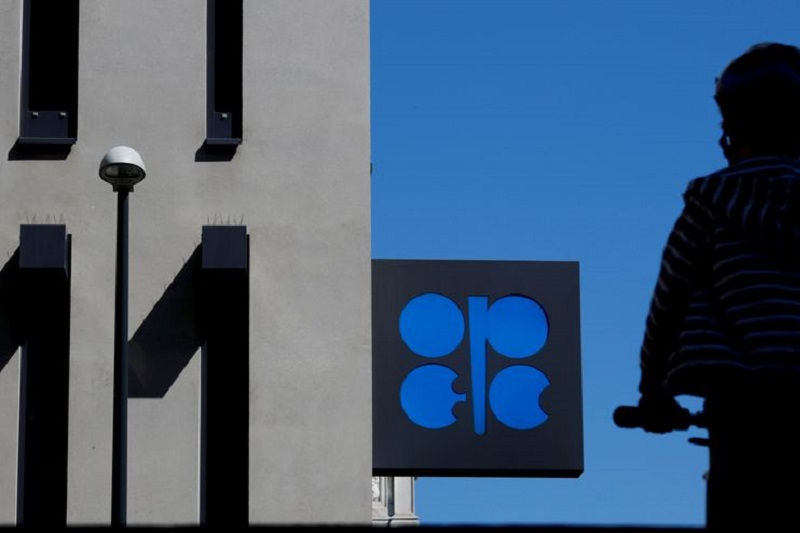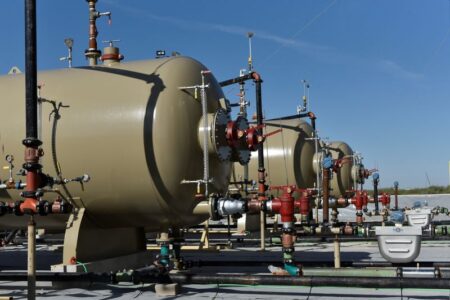The energy sector is facing heightened uncertainty as disagreements among OPEC members over production quotas have led to a postponed meeting, stirring unease among oil traders. The internal conflict within the Organization of the Petroleum Exporting Countries (OPEC) has been a key factor in the recent struggle of Oil prices to surpass the critical technical resistance level of the 200-day Simple Moving Average (SMA), which currently lies in the $78-$74 range.
Saudi Arabia has been vocal in its push for widespread production cuts across OPEC nations to stabilize prices, which they argue are being undermined by increased output from non-OPEC countries. This position is at odds with some African OPEC members, who are resisting further reductions in production quotas. The discord has not only delayed the group’s meeting but has also impacted energy risk sentiment, leaving barrel traders on edge.
Adding to investor concerns, OPEC’s decision to push their pivotal quota discussion meeting four days past the initially scheduled date of November 30th has further dampened confidence in the market. Technical analysis of WTI Crude Oil suggests a continuation of its recent weakness. Despite a modest rebound from last week’s drop to $72.38, an eighteen-week low, prices remain nearly 19% below the high seen in September. Market watchers attribute this vulnerability to apprehensions that non-OPEC member nations might drive prices lower with their increased production levels.
Today’s market conditions reflect a complex interplay of geopolitical factors and supply dynamics, where OPEC’s internal divisions and decisions by non-member states could significantly shape global energy prices in the coming weeks.
This article was generated with the support of AI and reviewed by an editor. For more information see our T&C.
Read the full article here












